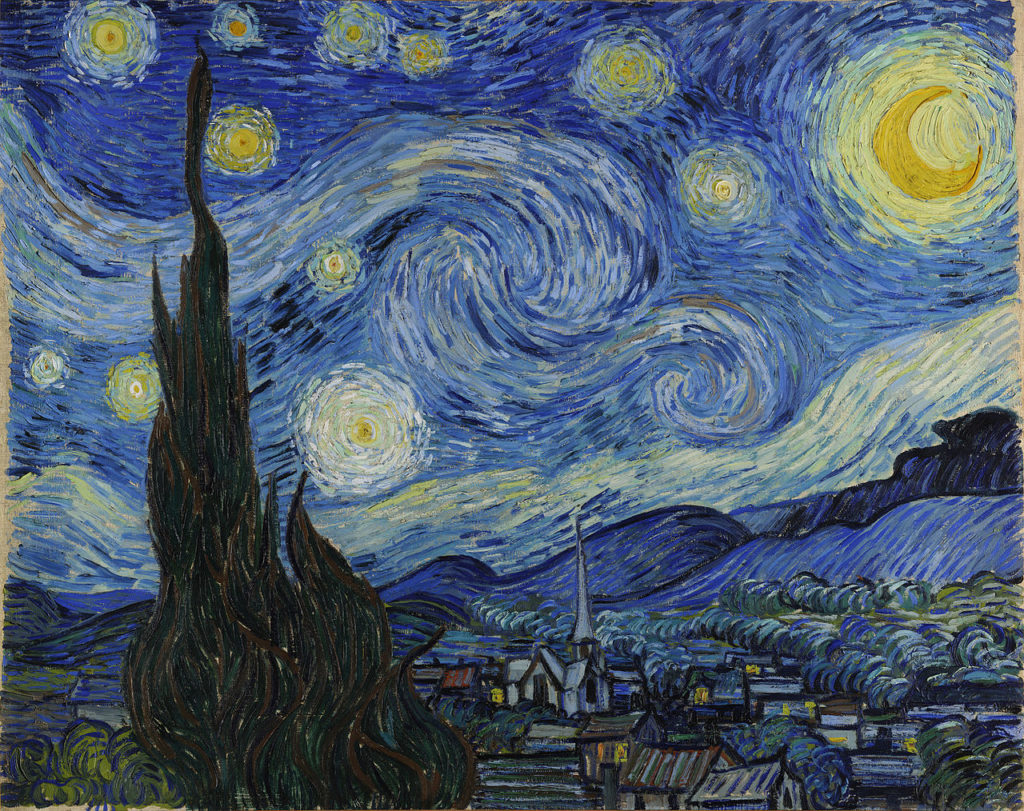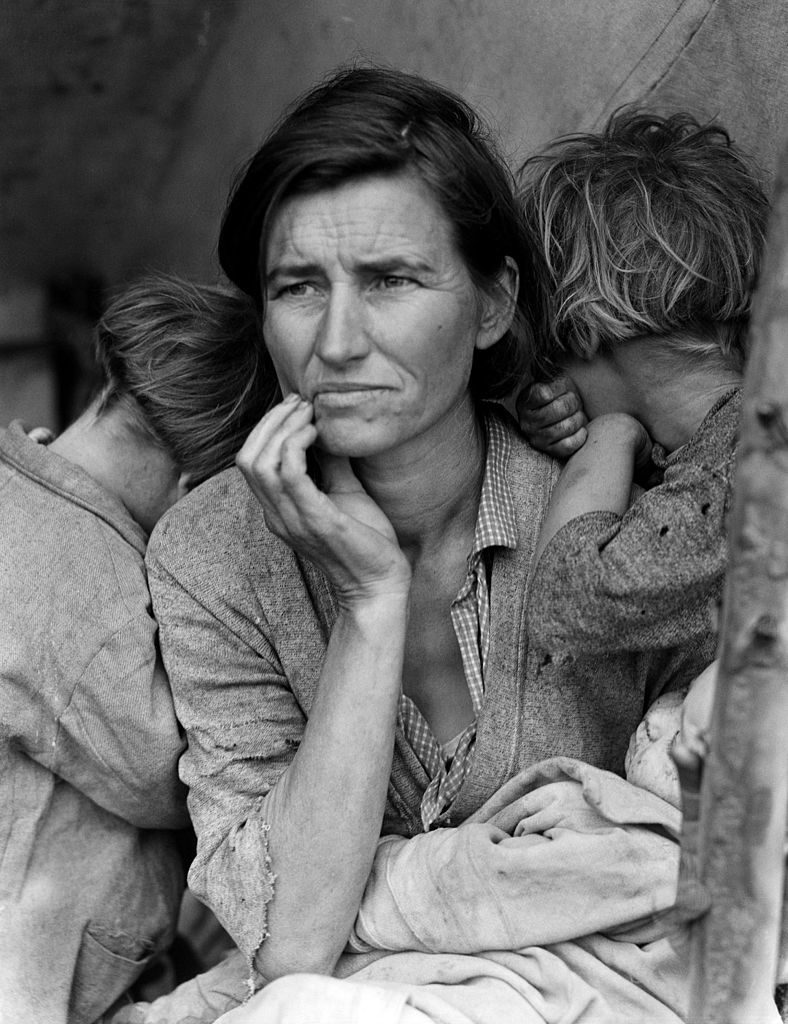38 Chapter 24: Analyzing Visual Rhetoric
Part 5: Chapter 24
According to the Wikibook [glossary_exclude]Visual Rhetoric[/glossary_exclude], rhetoric is the art of persuasion using language. Rhetorical appeals were utilized by the classical philosophers in their speeches to persuade people to their point of view. In the realm of visual rhetoric, the viewer may analyze how images communicate and persuade.
“Rhetoric may be defined as the faculty of observing [discovering] in any given case the available [appropriate] means of persuasion”
– Aristotle, qtd. in Bizzell 160
The art of rhetoric uses style and many different formulas to make the most pertinent argument to convince their audience. The classical sophist, Gorgias, said rhetoric had the power to create images in a person’s mind. Quintilian also believed that rhetoric presented images into people’s minds (Blakesley 2). Visual rhetoric is actually representations and images designed to convince people instead of, or in addition to, using words.
“The duty and office of Rhetoric is to apply Reason to Imagination for the better moving of the will”
– Bacon, qtd. in Bizzell 629
Academics have only recently begun to analyze images rhetorically, even though imagery has been around since cave people were drawing on cave walls. Images today are used in advertisements, school books, movies, magazines, and paintings.
We live in a visual world. The definition of visual rhetoric depends upon the scholar, but it can be any range of the items listed above. In Defining Visual Images, the authors, Charles Hill and Marguerite Helmers, explain that visual rhetoric is “understanding how images… work upon readers” (2). So visual rhetoric is the study of what impression visuals give a viewer. There are many categories to look at when determining this impression or impact.
One aspect of visual rhetoric is intertextuality. This is how one image relates to another image. Are there similarities? Is it a certain type of image, advertisement, family photo? This is important because the more images that are similar, the more symbols our society comes to know, and the study of semiotics is born, which can be defined as the study of signs, symbols, the interpretations of each. The reason that images can mean something or create emotion in viewers is because of semiotics.
Objects can take on a symbolic meaning; images can represent concepts known to our culture when they have a common meaning throughout our society. One example is the American flag. The American flag in an image, at least in America, stands for patriotism.

Psychology must also be looked at when studying images. Trying to figure out what impact certain colors, shapes, symbols have on people is important in figuring out their reactions. This psychology could change from culture to culture. Cultural studies are then also important. Two people from different backgrounds could see images in completely opposite views.
Visual rhetoric found its beginnings in art criticism. Analysts would look at aspects in the design and symbolism in a piece of fine art, to try and explain what the artist was trying to say. Again, as discussed in Chapter 21, one image ripe for analysis is Starry Night by Vincent Van Gogh.

To some people, it is simply a beautiful painting to look at, while others see a foreshadowing to his death. He includes a cypress tree, which is a cemetery tree. He also has the stars, in Van Gogh’s time, heaven was being in the stars. Now that painting would be looked at by a rhetorician and be analyzed in the same way- by looking at all aspects of it.
Visual rhetoric is highly connected to design. When the maker of an image is creating it, they look at the lines. What direction are the lines going? Are they thick or thin? Are they diagonal? In The Grammar of Visual Design, Gunther Kress and Theo van Leeuwen argue that visual representations have their own language. They introduce examples including the use of vectors, modality, and framing and salience. Rhetorical vectors are diagonal lines throughout an image that create action. These vectors determine whether or not an image is narrative or conceptual, or whether an image tells a story or becomes art. Another concept in their book is modality, which is how believable or realistic an image is. Lastly, another concept in their book is framing and salience. Kress and Leeuwen say that the rhetoric of an image is affected by the framing around it, or the way the image is cropped. This makes the image either more or less believable.

All of these concepts need to be analyzed in order to determine an image’s rhetoric. Even by analyzing each aspect, scholars may disagree about the meaning. Each person has previous knowledge and experiences that lead them to have their own opinion about different symbols. But through semiotics and using Kress and Leeuwen’s concepts, hopefully, the study of visual rhetoric can become more stabilized and easier to grasp.
Adapted from “Definitions of Visual Rhetoric” of Visual Rhetoric, 2010, used under Creative Commons CC BY-SA 3.0 US.
